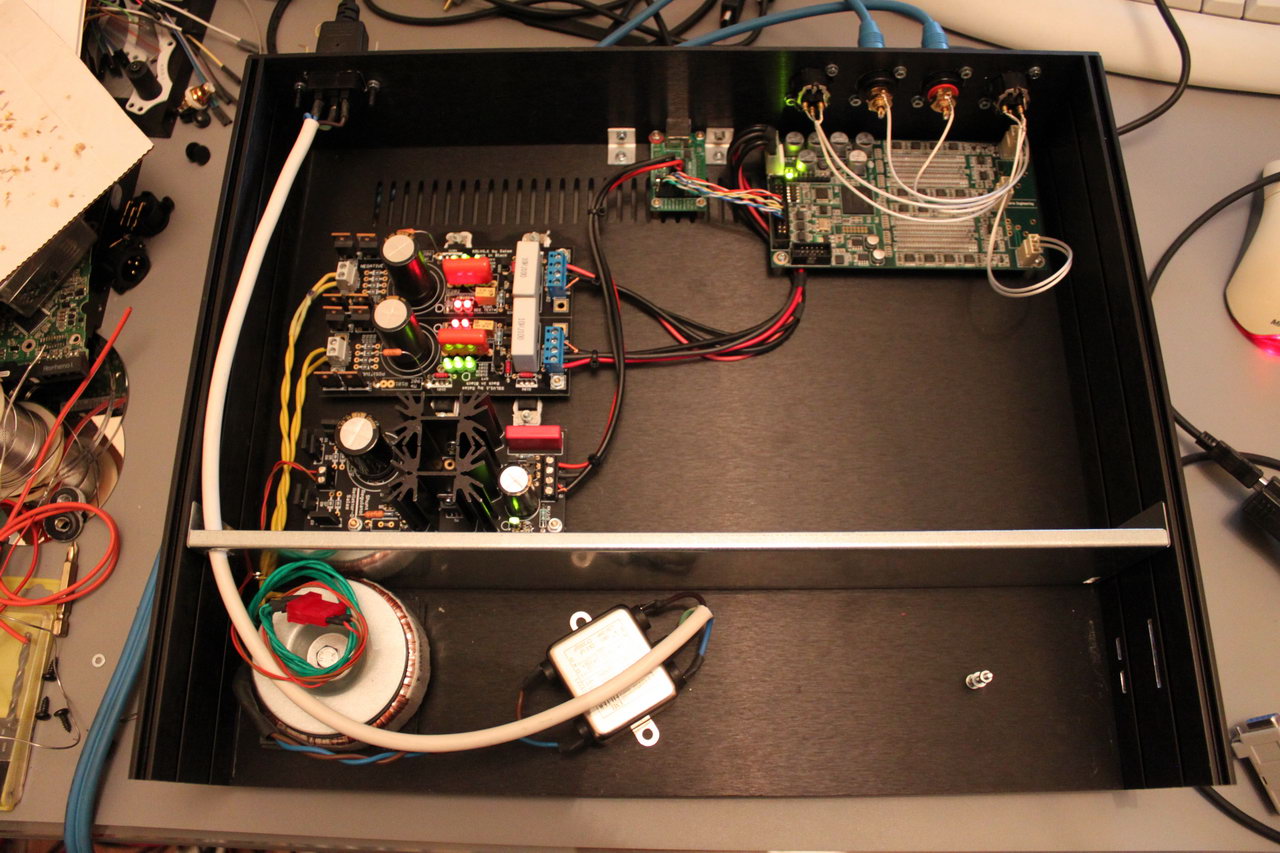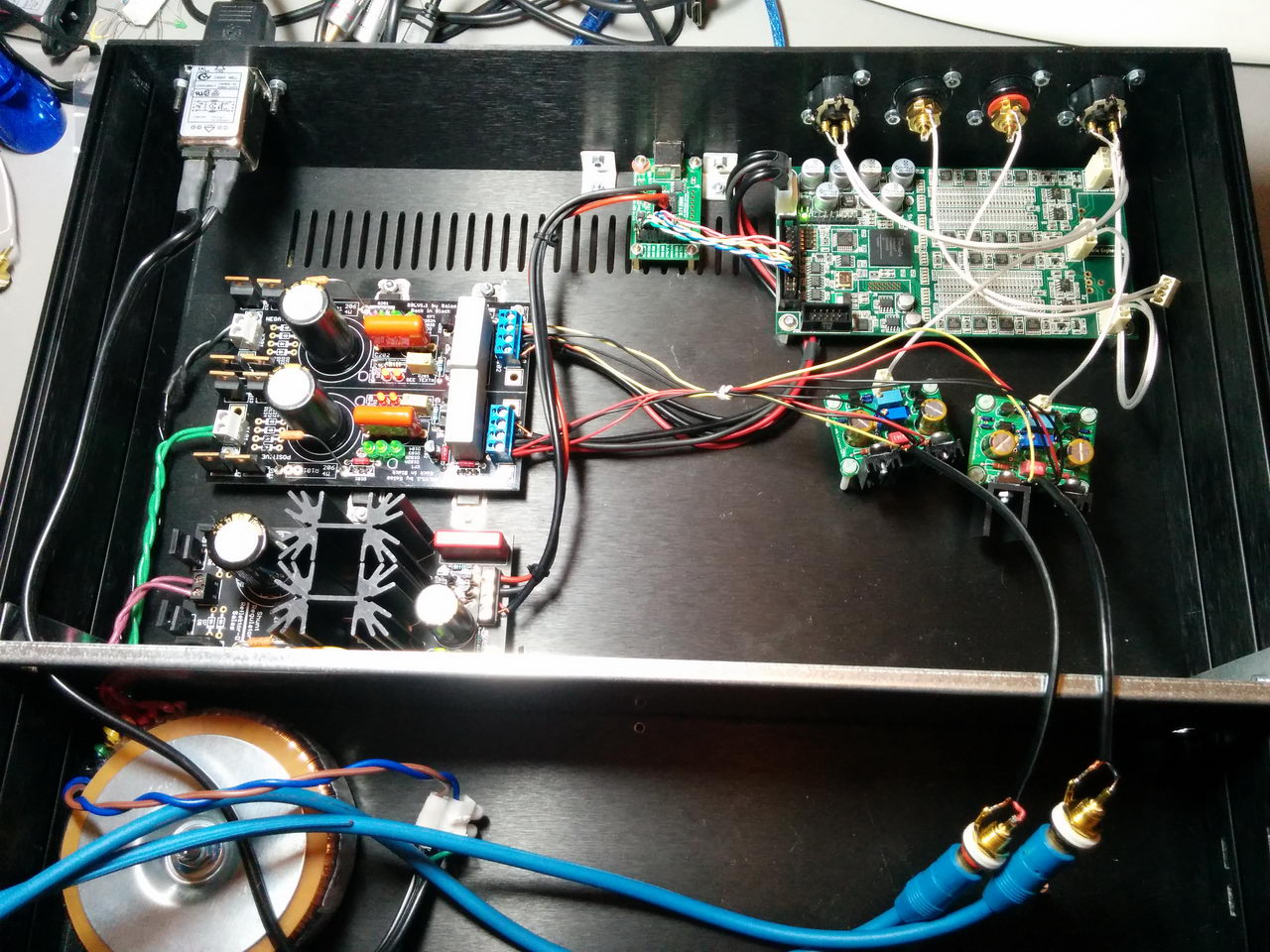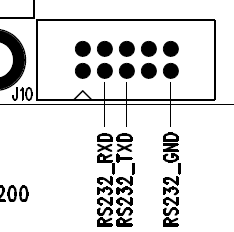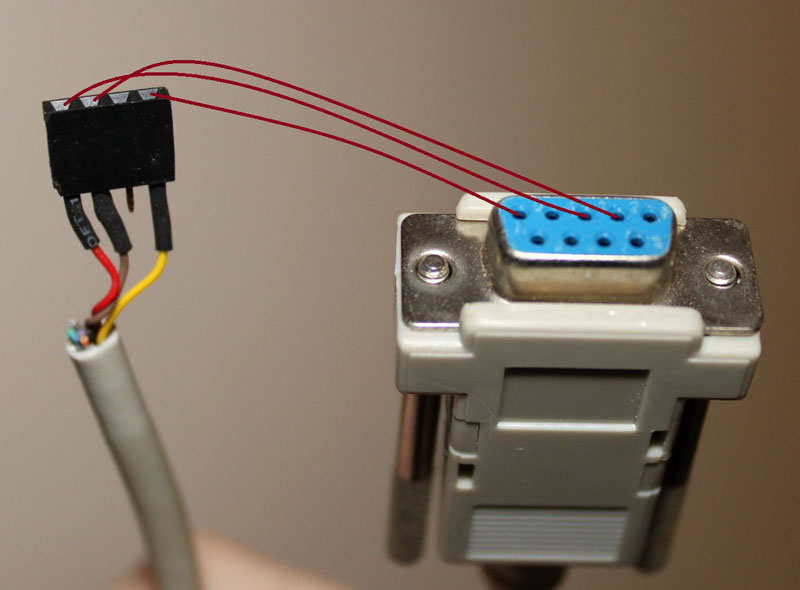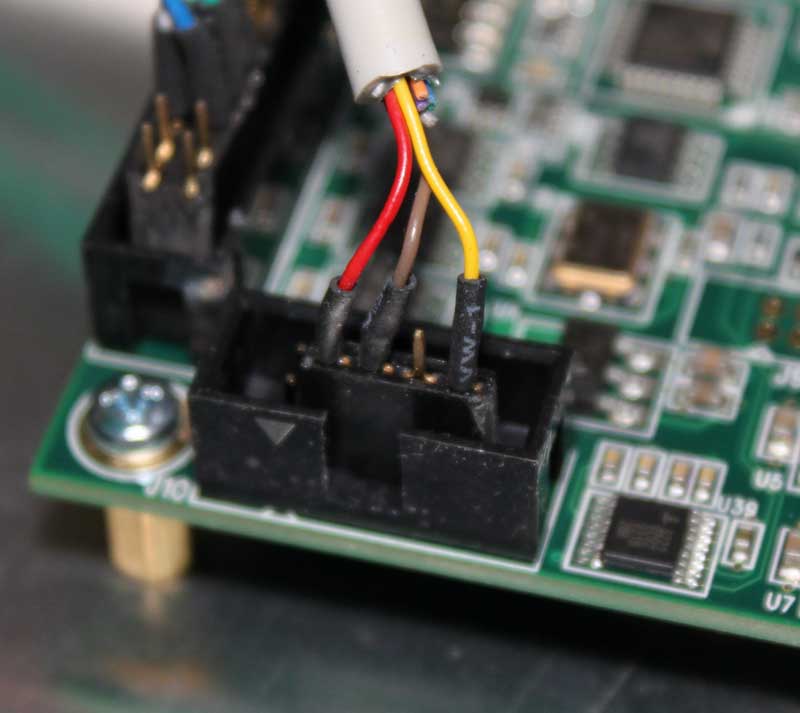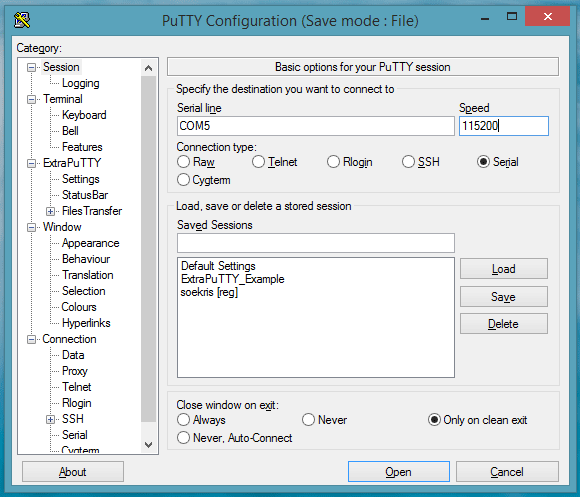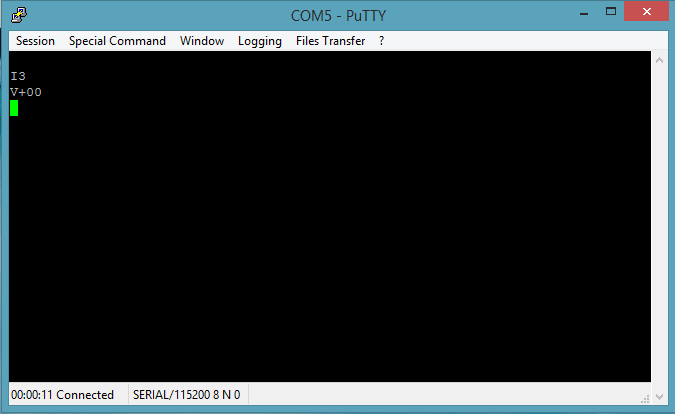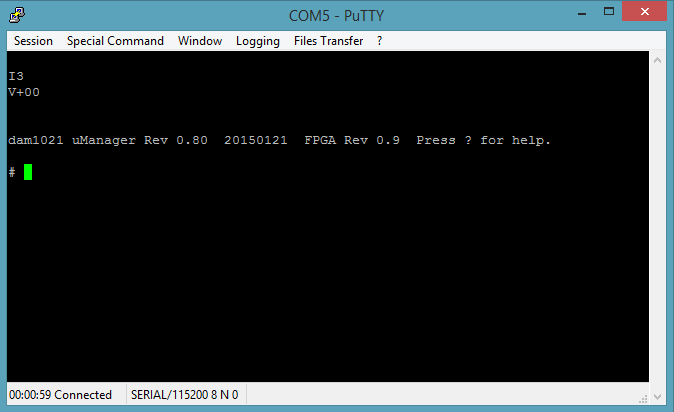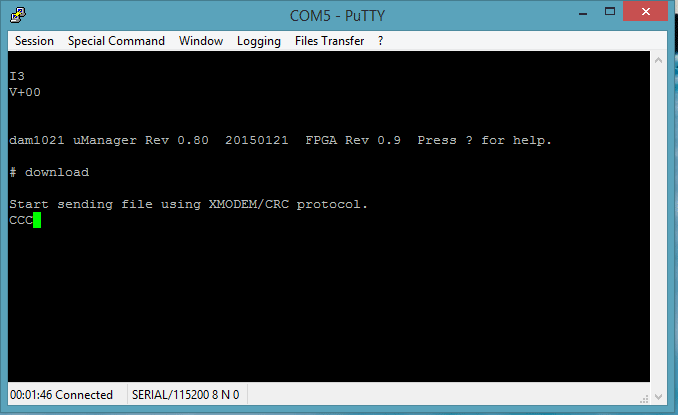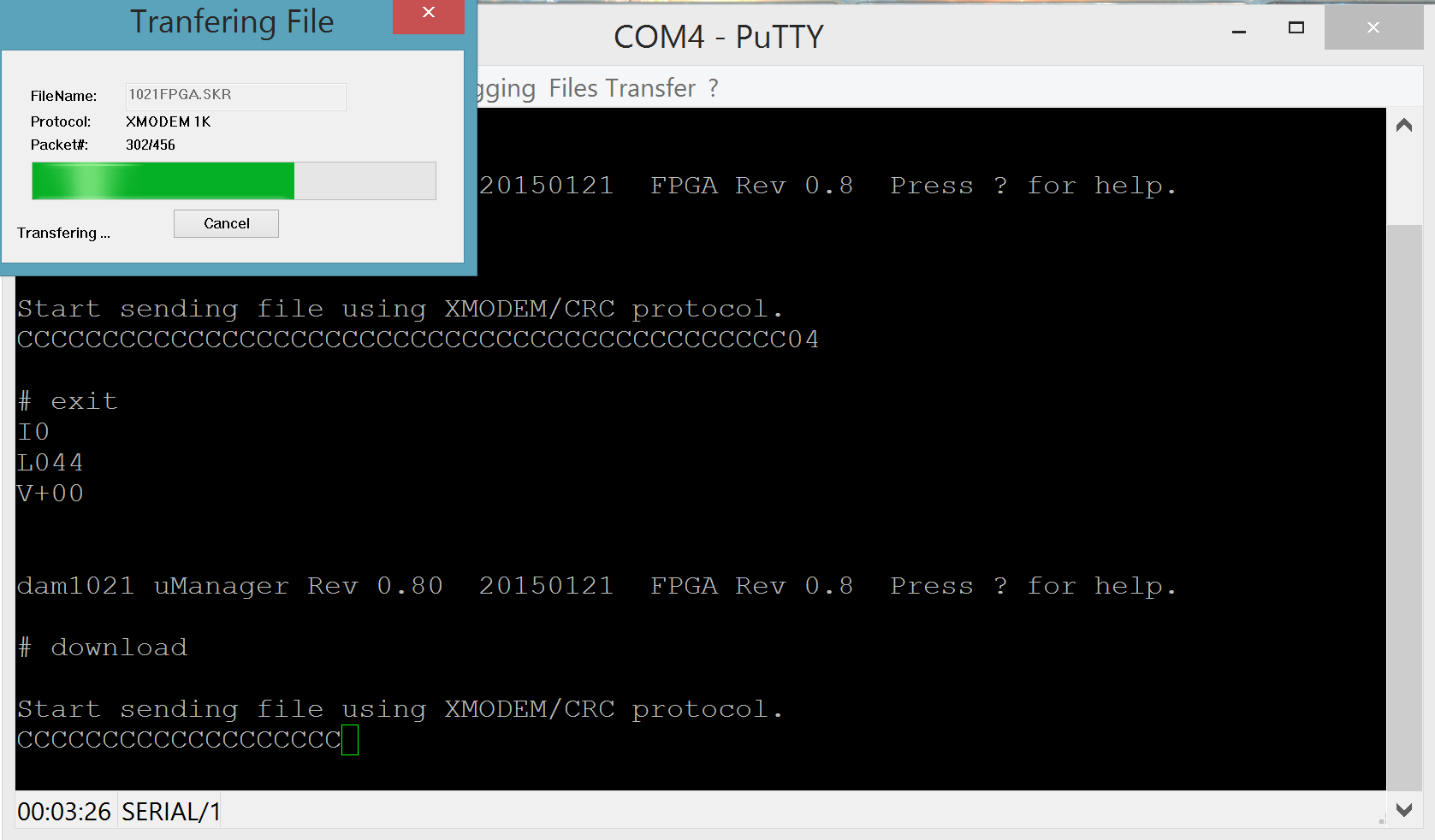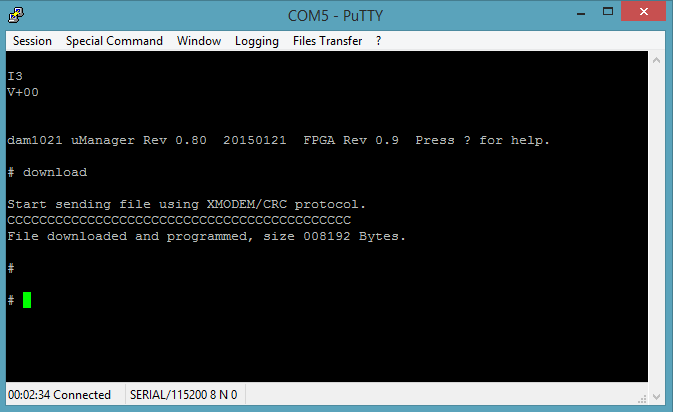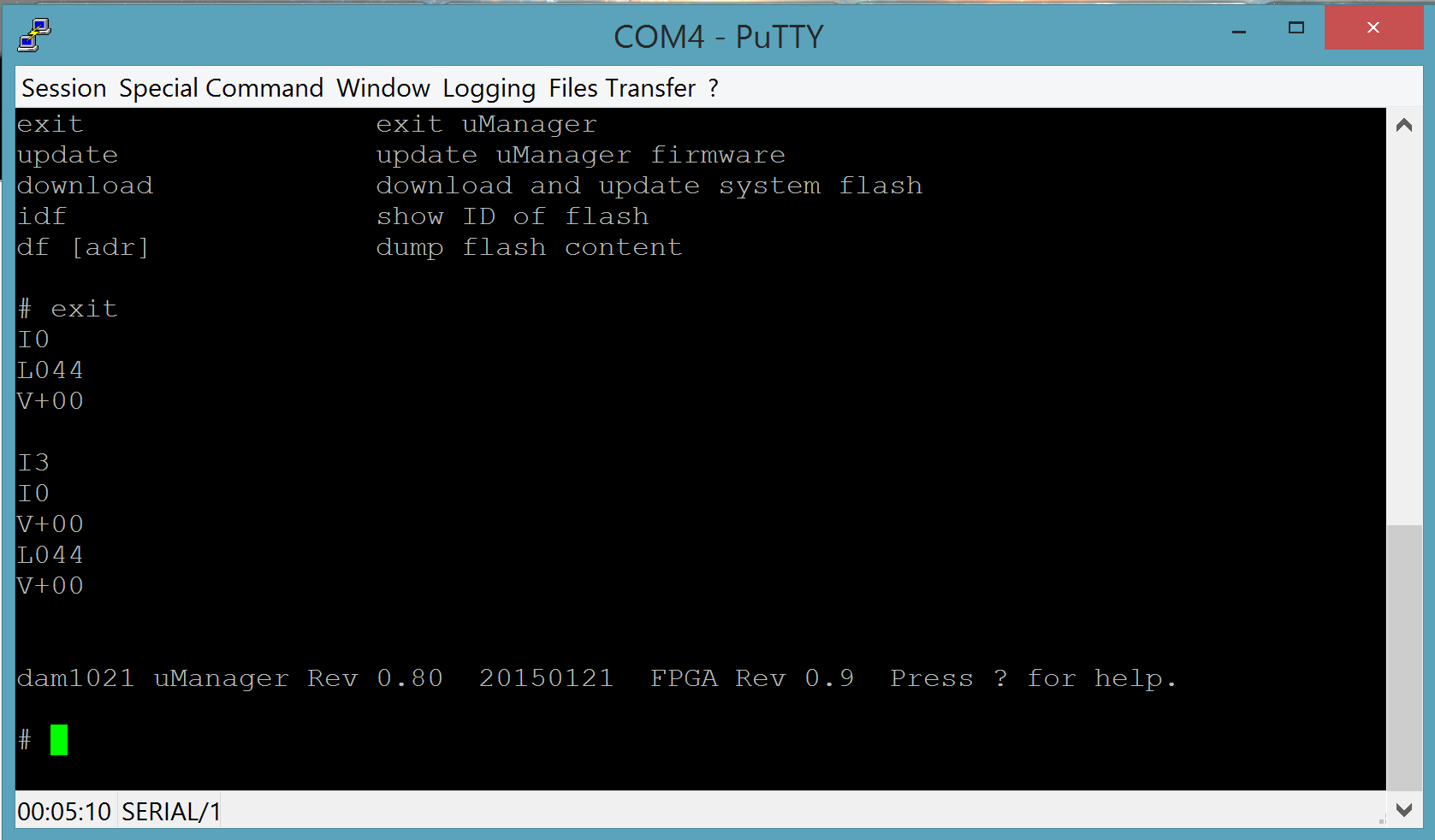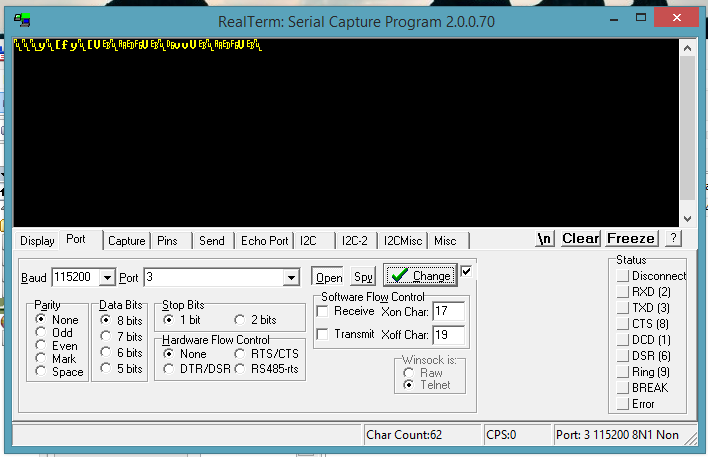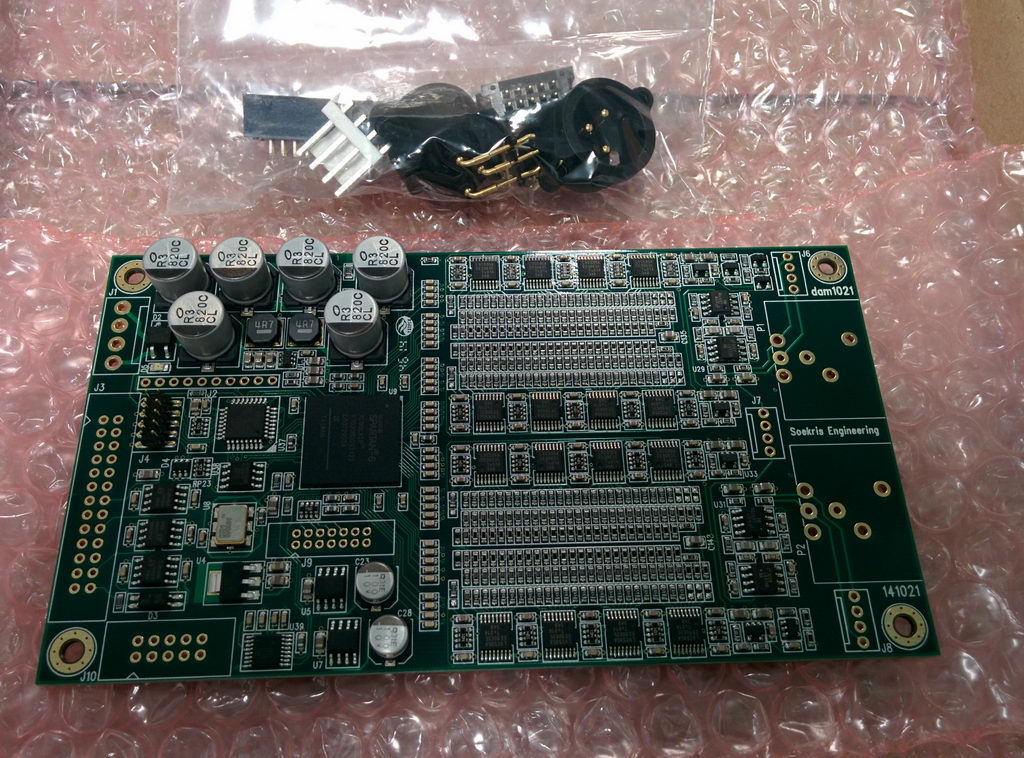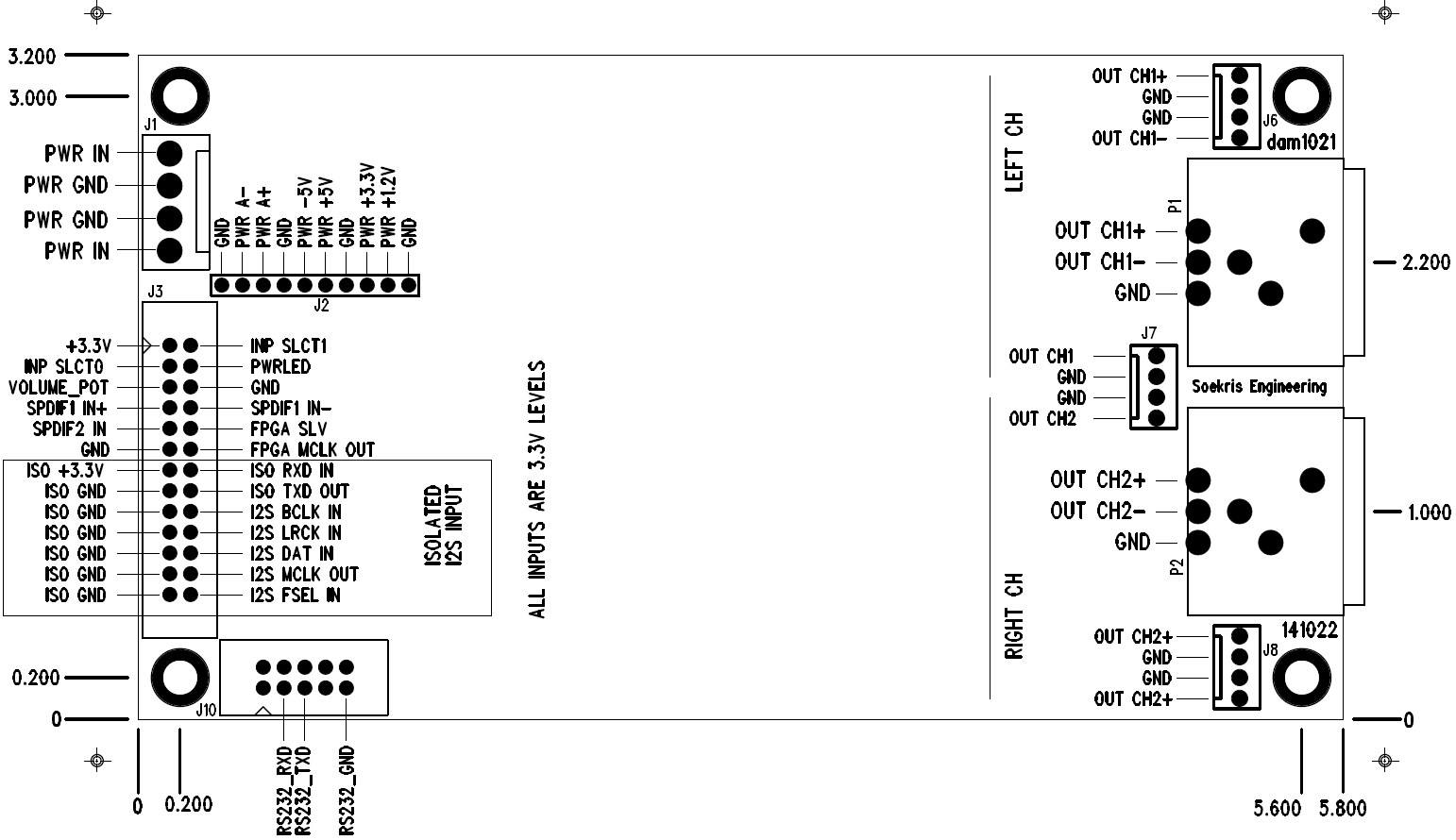It’s been almost 3 and a half years since the introduction of the dam1021 to the DIY audio community.
In these 3 years there have been sold close to 2500 units (according to a serial no. that I noticed on a picture of a rev.5 unit) that have made a large number of audiophiles very happy.
The dam’s main thread at diyaudio.com is about 740 pages long, and while the first post has been edited to keep the specs and the firmware info up to date, there are still certain questions that keep popping up over and over again.
In this post I’ll try to address as many of them as I can.
F.A.Q.
Q: Where can I get firmware, manuals, etc?
A: http://www.soekris.dk/download.html
Q: What are its power requirements?
A: According to the manufacturer, power should be supplied by a transformer with two secondaries at 7 to 8 volts AC. The transformer should have a rating of at least 5VA. Alternatively, you may power it by a bipolar DC power supply outputting between +/-7.5 and +/-15 Volts. Power consumption is ~160mA for the positive rail and ~60mA for the negative.
Q: Does it support DSD?
A: Yes, DSD64, DSD128 and DSD256 (only native) has been supported since firmware rev. 1.06 (released May 2016) through the I2S input. DSD does get converted to PCM in order to be converted to audio by the R2R ladder (obviously.. we’re talking about an R-2R DAC).
Q: How do I control input selection?
A: Input selection is done either by connecting switches to J3 (see manual for more details) or by commands sent through the dam’s serial ports. There also exists an “auto input selection” feature.
Q: How do I control volume?
A: Either by connecting a pot to the relevant pins on J3 (see manual) or by commands sent through the serial ports.
Q: What if I want to add IR remote control?
A: You’ll have to use a microcontroller like an Arduino. I’ve done two such projects, ArDAM1021 and ArDAM1021 Lite.
Q: How do I upload new firmware?
A: Through the serial port(s). See: https://www.dimdim.gr/2015/02/soekris-r-2r-firmware-upgrade/
Q: What is the latency from digital input to analog output?
A: About 1mS. link
Q: How come the new firmware (rev. 1.19) does not play as loud as the older firmwares?
A: According to the manufacturer “The new 1.20 firmware and 4K filters have zero at -2 dB, the dam1021 then add 1 dB gain, resulting in zero at -1 dB with 1 dB margin, ie when volume level is set to 0 then it’s 1.26V rs output at resistor network, about 1.9V at buffered single ended and 3.8V buffered balanced.” link
Q: Is there a way to run truly “NOS”?
A: Yes: http://www.diyaudio.com/forums/digital-line-level/269776-filter-brewing-soekris-r2r-post5452884.html ??? Beware that the specific filter is not compatible with the current DAM firmware (rev 1.19), since it now supports 4K taps (it used to support 2K taps).
Q: Can I use a pair of them as a 2-way digital crossover?
A: Yes, in theory you can, but it’s not fully supported by the manufacturer. Read below to understand why that is so.
Q: Can I sync several DAMs, for example to implement a digital crossover?
A: According to the manufacturer “multiple dam1021 running on same clock will sync to within a few uS” link
Q: How do I actually implement the HP and LP filters?
A: You need to design your own custom filter files and load them. “the dam1021/dam1121 have the hardware with support for up to 15 IIR biquad filters per board” link Not for the faint of heart.
Q: I have “ Rev x”, do I need to do power mods?
A: If you have a Rev. 1 board you do need to perform the mods. Later revisions are OK. Rev. 5 has 20 x 100uF Samsung caps so definitely no need for power mods. link
Q: What can I do to make the DAM sound better?
A: a) Don’t use the buffered outputs. Their SQ is inferior to the unbuffered outputs.
b) Use a proper power supply. The better the PS, the better the sound. In my experience, the best one so far is the Salas UltraBiB.
c) Use a custom filter pack. Beware that custom filter packs may not support DSD or take advantage of the increased available number of taps made possible by the latest (rev 1.19) firmware.
d) Be sure to insulate the screw mounting holes from the (grounded) chassis by using non-conductive screws or some other method.
Q: I’m feeding my dam1021 audio from my RPi’s I2S output. Why does some music play fine while some does not?
A: Most audio RPi distributions output whatever they find in the music file without altering it, like for example a 44.1K/16bit FLAC file will produce a 16bit I2S signal. But the dam1021 only supports 32bit I2S signals. The solution is to force the RPi to only output 32bit I2S. Different audio distributions have different ways of accomplishing that.
Q: What does the dam1021’s output buffer schematic look like?
A: The circuit has changed since the first revision. The current (rev.4&5) circuit looks like this: http://www.diyaudio.com/forums/vendor-s-bazaar/259488-reference-dac-module-discrete-2r-sign-magnitude-24-bit-384-khz-post5347636.html
Resources
Official thread on diyaudio.com: http://www.diyaudio.com/forums/vendor-s-bazaar/259488-reference-dac-module-discrete-2r-sign-magnitude-24-bit-384-khz.html
Filter brewing thread: http://www.diyaudio.com/forums/digital-line-level/269776-filter-brewing-soekris-r2r-147.html
Soekris’ DAC implementations : http://www.diyaudio.com/forums/digital-line-level/267948-soekris-dac-implementations.html
Wiki: http://www.diyaudio.com/wiki/Soekris_R2R_DAC?
HiFiDuino : https://hifiduino.wordpress.com/
Randytsuch : http://randytsuch-audio.blogspot.com/2015/11/soekris-r2r-dam-dac.html
moredamfilters.info: https://web.archive.org/web/20161025204639/http://www.moredamfilters.info/
..and of course my posts about the dam1021:
Main Soekris DAC page: https://www.dimdim.gr/diyaudio/soekris-dam1021-sign-magnitude-r-2r-dac/
dam2012 s/pdif inputs board page: https://www.dimdim.gr/diyaudio/soekris-dam1021-spdif-usb-board/
ArDAM1021 page: https://www.dimdim.gr/arduino/ardam1021-project/
ArDAM1021 Lite page: https://www.dimdim.gr/arduino/ardam1021-lite-project/
dam1021 Vref mod : https://www.dimdim.gr/2015/09/soekris-dam1021-vref-mod/
dam1021 firmware update info : https://www.dimdim.gr/2015/02/soekris-r-2r-firmware-upgrade/
Let me know if I missed anything (I’m sure I did..).
I’ll try to keep this FAQ updated.

